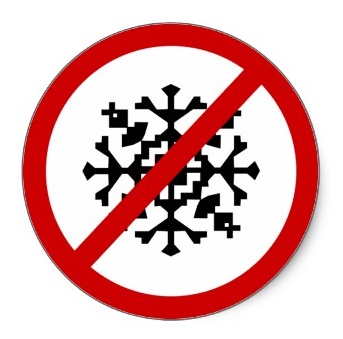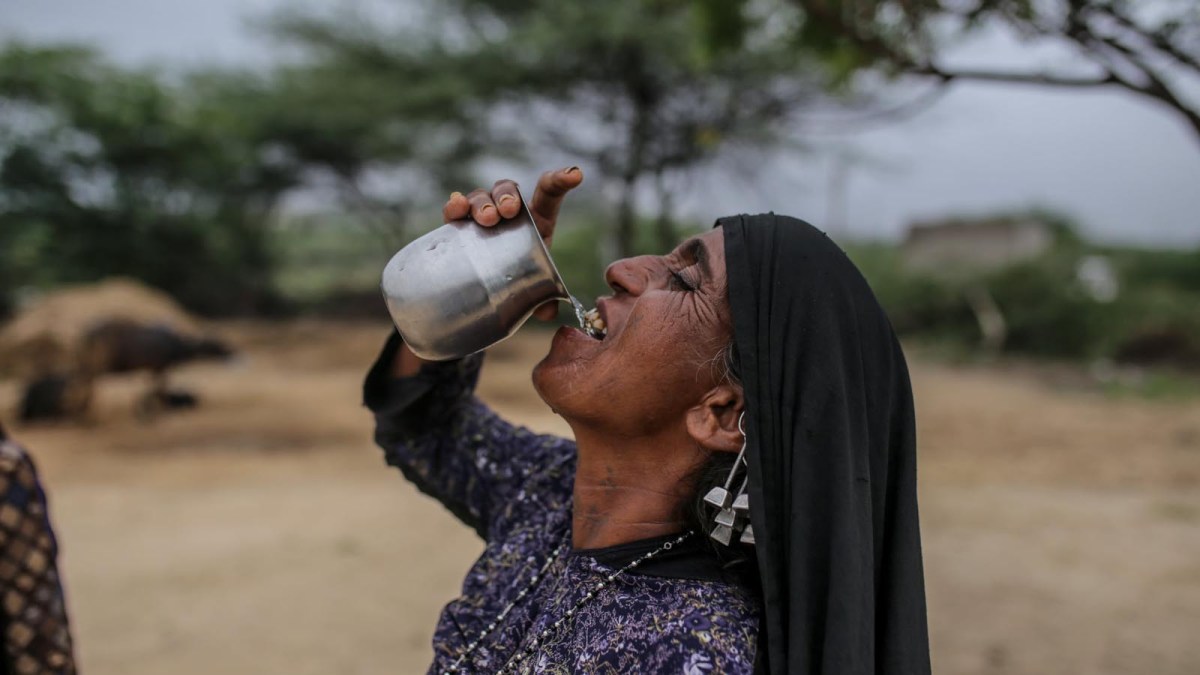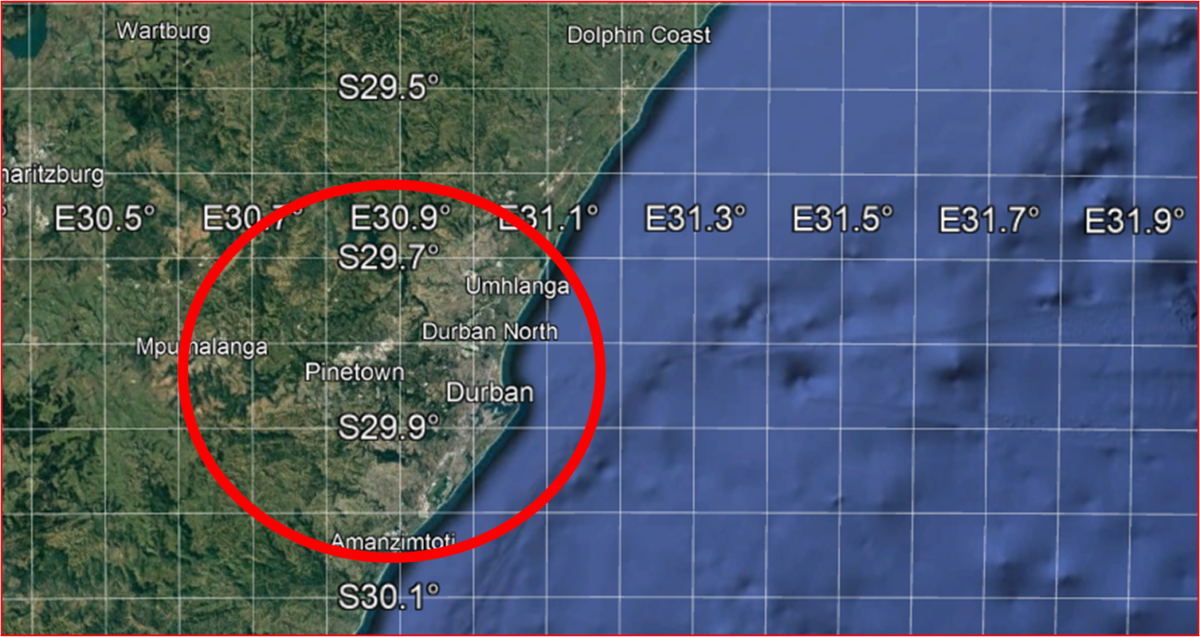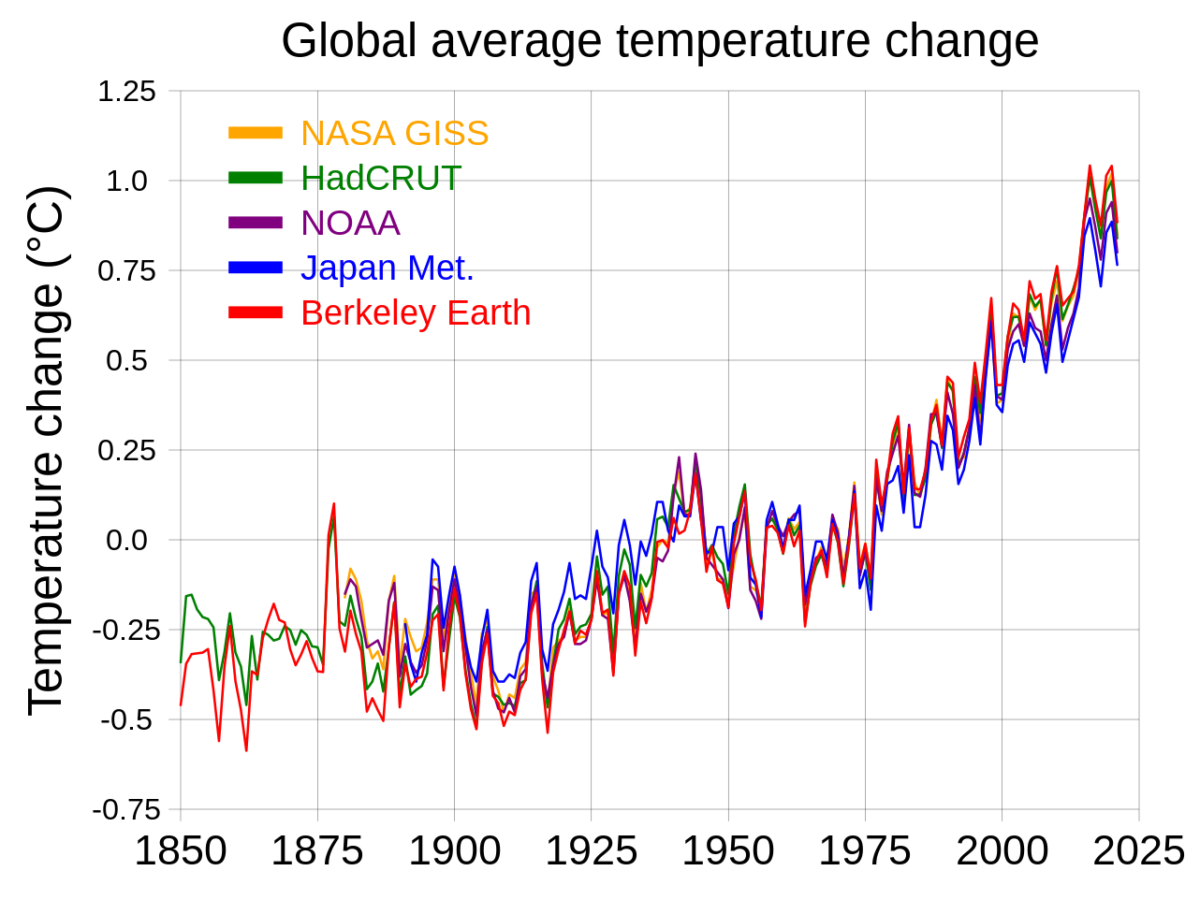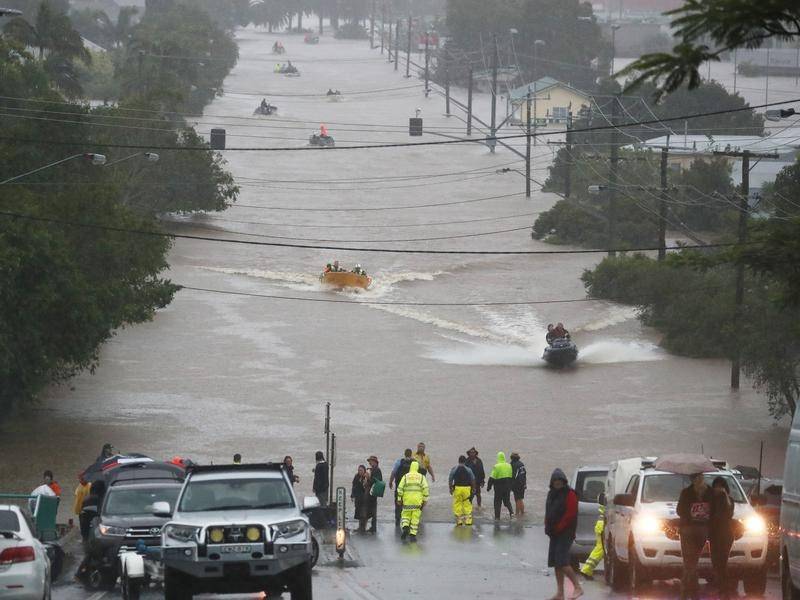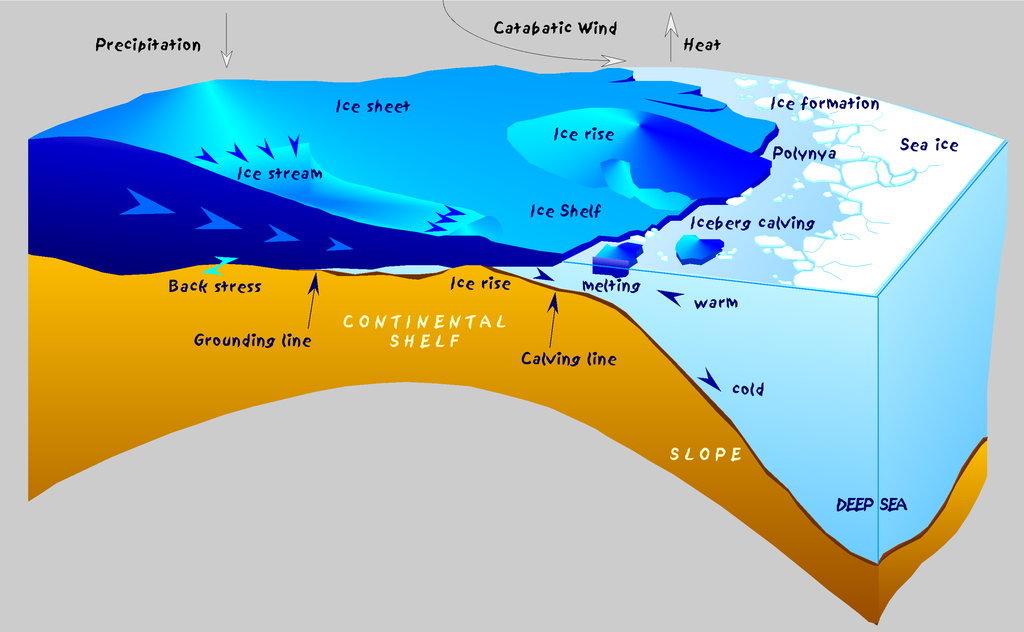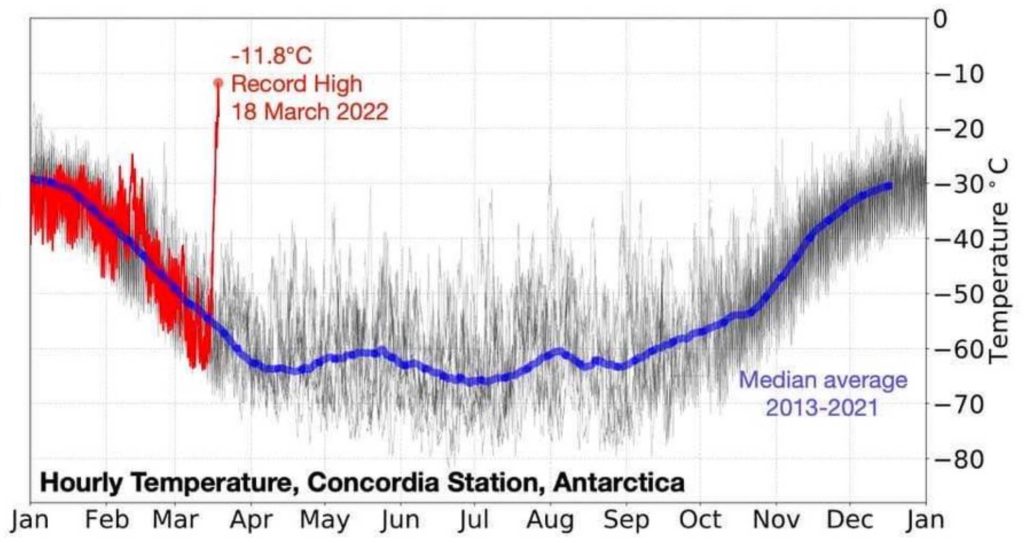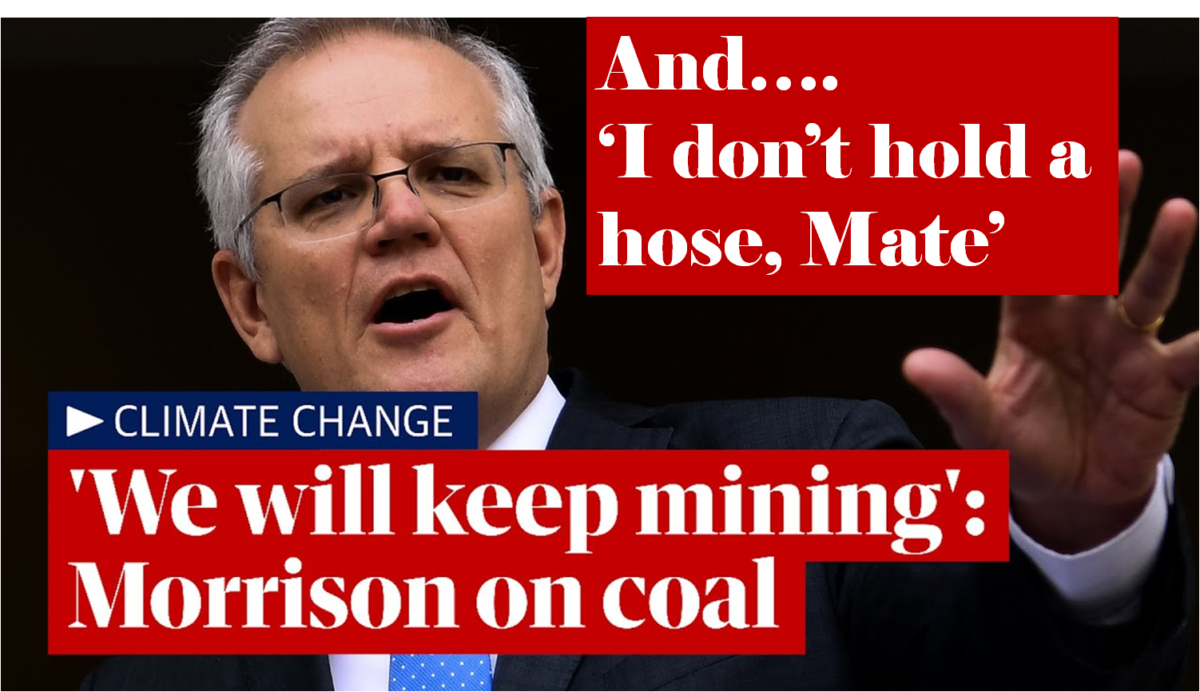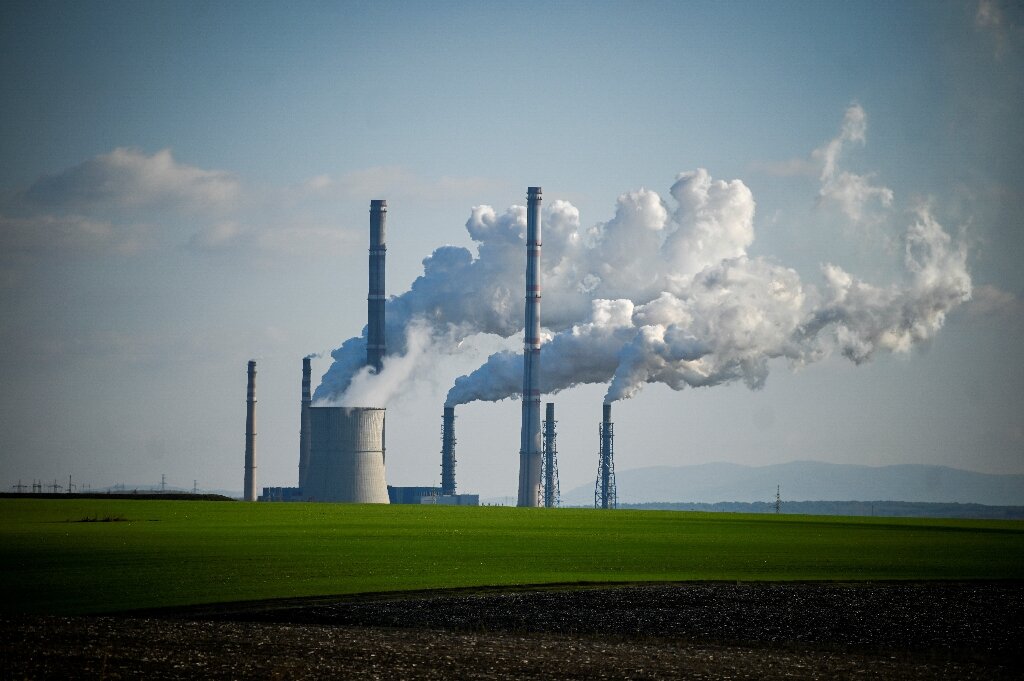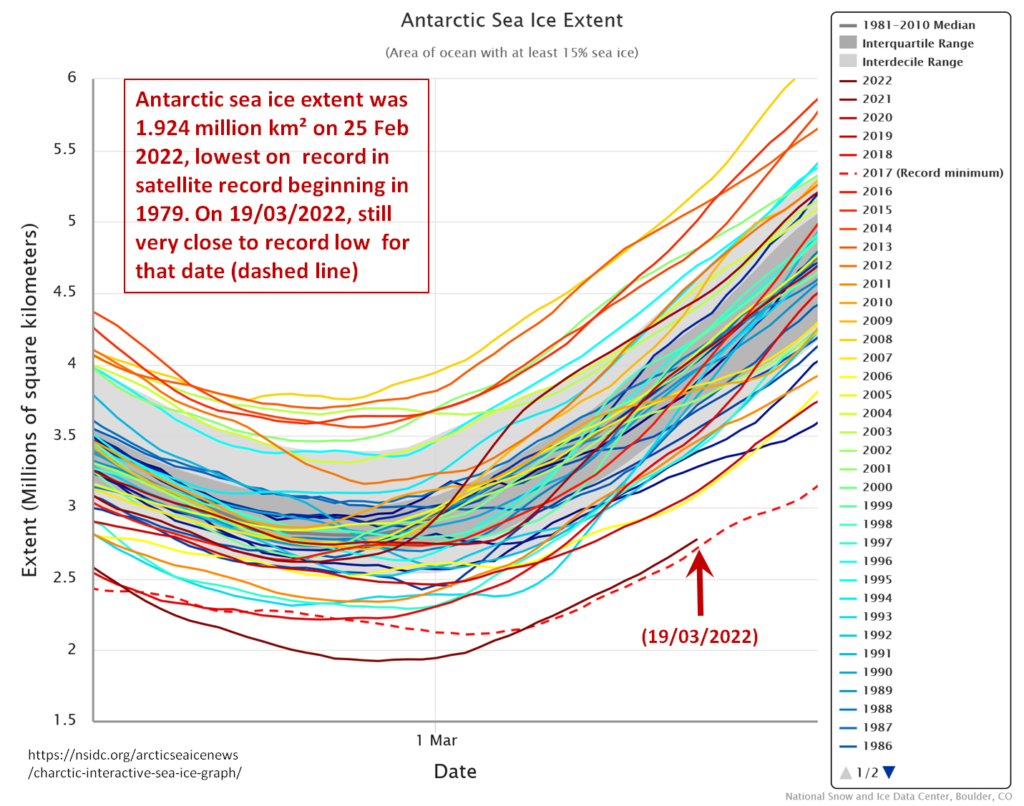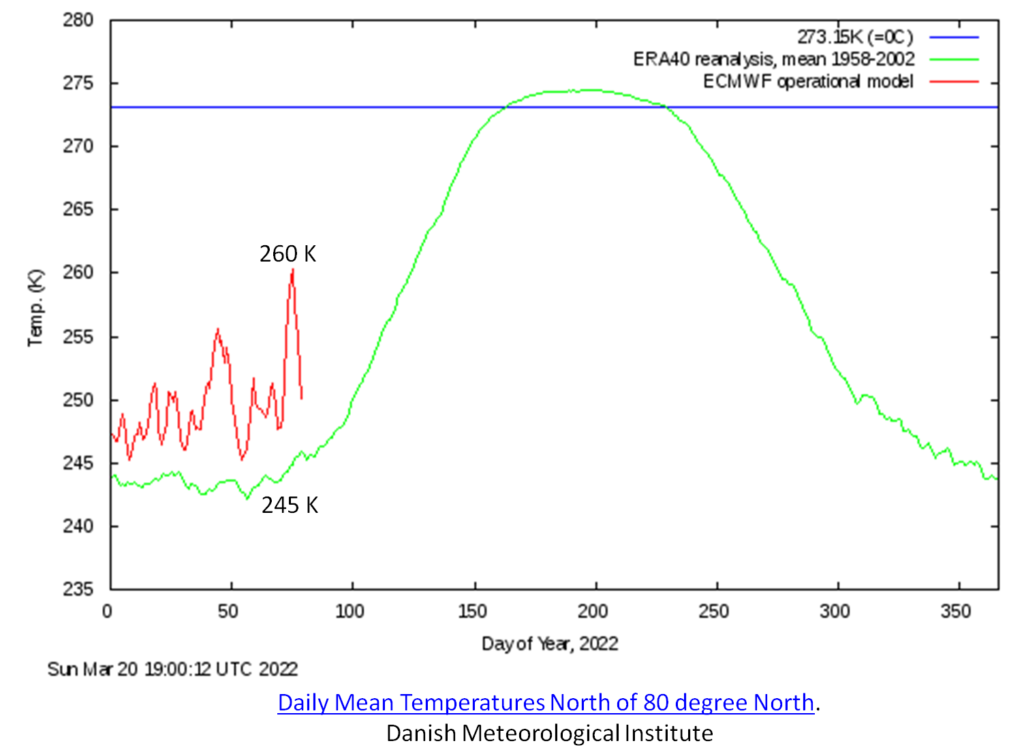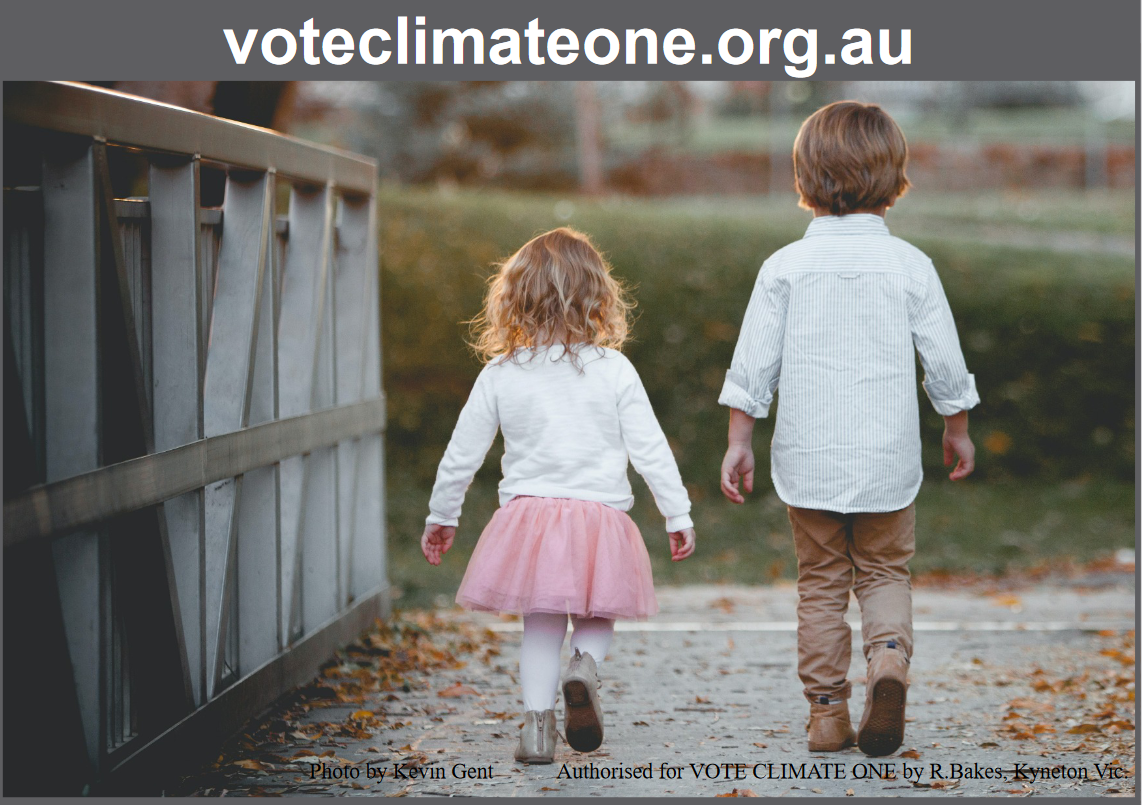News in a year of no winter from midwinter in the northern USA
If you want a future, it is time to take global warming seriously and totally mobilize to fight the fires driving us towards Hothouse Hell.
Bill McKibben, one of America’s most respected environmentalists and a founder of the international 350.org, reports from the northern state of Vermont on the winter that wasn’t. As noted by my featured image, even high school students in Pennsylvania have commented how extremely unwinterly their weather has been. These are signs of the rapidly accelerating global climate emergency.

As Winter Melts Away
Notes toward a eulogy for something I love
Bill McKibben, 29 Feb 2024 – The Crucial Years
I don’t write that often about developments in the actual climate in these pages—it’s uniformly depressing, and it is the part we can do the least about. None of us has the power to change how much heat a molecule of carbon dioxide traps, nor can we alter how the jet stream reacts to changes in polar temperatures. All we can do is determine how much CO₂ and methane there is up there in the air—and so that’s what I concentrate on.
And yet the changes underway on our planet are now so extreme, and so remarkable, that sometimes we do need to stand back and simply gaze in awe and sadness. At my latitude (43.97 degrees north, or very nearly halfway between the North Pole and the equator) the changes in winter may be the most dramatic signs yet. And the most dramatic in my heart for sure, because winter is the time I love the most.
This year in North America has been about as close as we’ve ever come to a year without a winter…. [T]he gases we produce increase the temperature: it was 70 degrees in Chicago yesterday, in February—which was also the day that the Windy City decided to join other American cities in suing the fossil fuel industry for damages. But that was just one of a hundred heat records broken in the course of the day, from Milwaukee to Dallas (94 degrees). But it wasn’t a single day of heat—it’s been an almost unrelentingly warm winter, with by far the lowest snow coverage for this time of year ever recorded (13.8 percent of the lower 48 as of Monday, compared with an average of more than 40 percent) and with the Great Lakes essentially free of ice.
…
In the high Arctic, previously unheard-of thunderstorms are melting ice faster than ever. As Ed Struzik reported last week from Greenland, “surface crevassing, which allows water to enter into the interior of the icecap, is accelerating, thanks to rapid melting. And slush avalanches, which mobilize large volumes of water-saturated snow, are becoming common: In 2016, a rain-on-snow event triggered 800 slush avalanches in West Greenland.”
Further south, those record winter temperatures let forests and grasslands dry out fast. That’s why Canada’s boreal forest burned at a record rate last summer, and it’s why huge blazes are driving Texans for cover today—the Smokehouse Creek fire in the Panhandle, which only started Monday, is already the second largest blaze in the state’s history; it forced the evacuation of the country’s biggest plant for disassembling nuclear weapons.
….
Read the complete article….
What does this mean?
I’m still trying to finish my February 2024 climate report on climate extremes as the indicators are growing faster than I can keep up with (Please see the working draft: Feb. 2024 climate extremes: Welcome to 2024 as we race down the road to Hothouse Earth). However, every day the meaning becomes more stark. Earth is heating up enough that large swathes of country are too warm for snowfall even in midwinter (amongst a vast array of other problems from extreme weather!).
Earth’s energy imbalance is currently increasing at an accelerating rate. Increasing concentrations of greenhouse gases (mainly CO2 and methane) trap an increasing amount of solar energy striking the planet. Earth can no longer radiate enough energy as long-wave infrared radiation to balance the books. Earth rises until the excess energy can be radiated away as shorter wavelength IR, and it won’t be able to cool down below the new balance until GHG concentrations fall enough so the necessary amount of energy can again be shed as longer wavelength IR.
Earth’s energy imbalance is currently increasing at an accelerating rate. Increasing concentrations of greenhouse gases (mainly CO2 and methane) trap an increasing amount of solar energy striking the planet. Earth can no longer radiate enough energy as long-wave infrared radiation to balance the books. Earth rises until the excess energy can be radiated away as shorter wavelength IR, and it won’t be able to cool down below the new balance until GHG concentrations fall enough so the necessary amount of energy can again be shed as longer wavelength IR.
Most of the excess energy is first absorbed in heating the oceans, and melting ice.
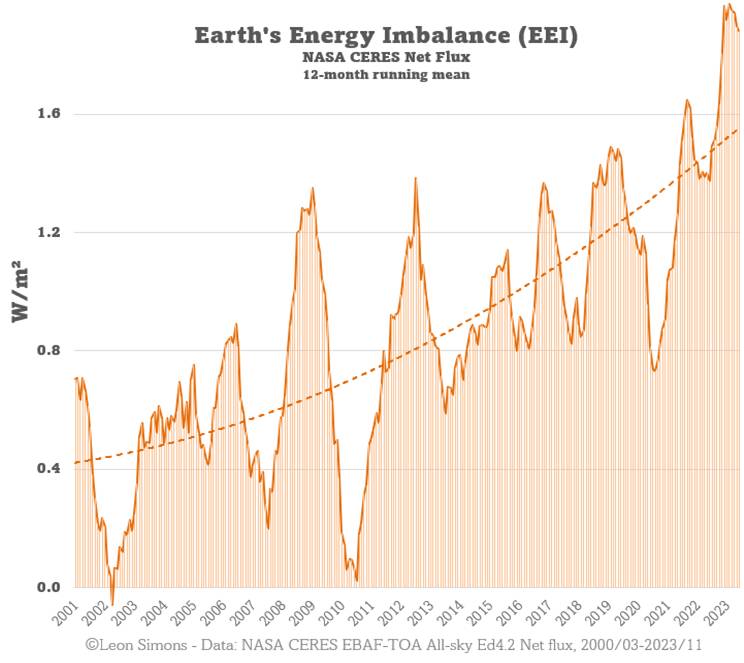
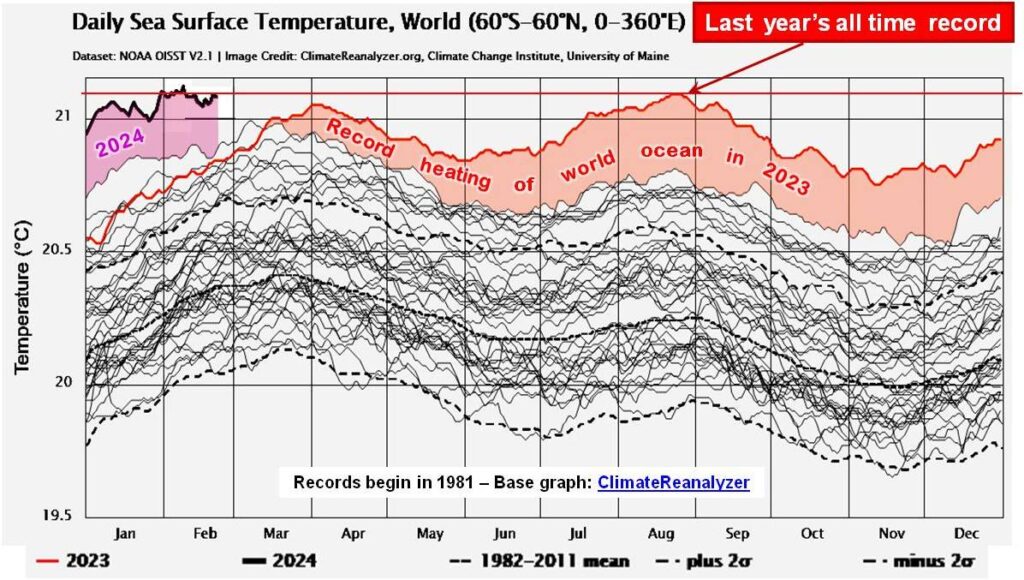
Because of water‘s huge capacity for storing heat, more than 90% of solar energy goes first into heating the tropical and subtropical oceans. Currents circulate the heat around the planet, including its polar areas – even in midwinter. Warm water gradually melts polar ice from below and transfers heat energy into the atmosphere as ‘sensible heat‘ by increasing the air temperature and much more heat energy in the form of ‘latent heat‘ water vapor (= humidity). Particularly when water vapor condenses back into liquid (cloud droplets & precipitation), the atmospheric energy creates extreme weather and heats the land and melts a lot more ice from above. (Even if the ambient temperature is cold enough for the precipitated water to freeze as snow or hail, the region ends up being significantly warmer than if it hadn’t snowed!)
Decreasing snow and ice cover allows the Earth to absorb more solar energy in a positive feedback cycle to melt even more snow and ice. Warming soils, permafrost, and wetlands cause strong positive feedbacks by increasing greenhouse gas emissions to raise temperatures even faster…..

In other words, it is likely that Earth’s Climate System has already crossed several tipping points where exponentially growing positive feedbacks pushing us ever faster down the road of runaway global warming to Earth’s Hothouse Hell.
My guess is that pictures on the left are from last year’s movie, “Don’t Look Up” — where the mass extinction event was only a few days away.
Compared to a dinosaur killing meteorite strike in days, where runaway warming is concerned the final collapse will be decades to a couple of centuries away.
The problem is literally planetary in scale. Human greed, competition for power (both literally and figuratively), intelligence, and ingenuity led us to dig up and burn in little more than a century as much carbon as it Earth’s geological processes millions of years to sequester. We started this task with the aid of the original coal-burning steam-powered technology. And it is clear from the news I have been reporting on the Climate Sentinel that the emissions from the carbon we have already burned is probably enough to snuff out most complex life on Earth, including our own species.
However, if we take the threats of the climate catastrophe seriously and begin total emergency mobilization very soon, immediate action might actually minimize the collapse by reversing the global energy balance enough to allow some cooling to begin.
What to do about it?
With today’s vastly more sophisticated and powerful technology aided by our much greater understanding of science we should be able to work out how to recapture most of our carbon emissions and implement technology to put it back into the ground. However, this will require coordination at state, national, and global scales.
Unfortunately, most of our governments have been captured by special interests in the fossil fuel and ‘development’ industries who will have to immediately stop burning fossil fuels – and any effective action on their profits from emitting greenhouse gases is seen as a direct threat to their wealth. Thus they and their government stooges will do everything fair and foul to delay and deter actions to stop greenhouse emissions or broadly implement clean energy solutions. In the process they will invent very costly and thermodynamically impossible “carbon capture and storage” industries to sop up as much money as possible to keep it from being spent developing workable solutions. There isn’t much that we as individuals can do to solve these global scale problems.
Probably the most useful thing individuals can do is unite with others to change our governments by removing puppets and collaborators of the special interests from office, or convincing them that they will be replaced at the earliest opportunity if they don’t ditch their sugar daddy patrons and work for you and your community. You do this by electing people who are genuinely committed to working for their communities rather than special interest patrons (many of whom are not even citizens).
Vote Climate One was established to help you do this this, and our pages there offer a number of other suggestions as to how you may help change governments.
